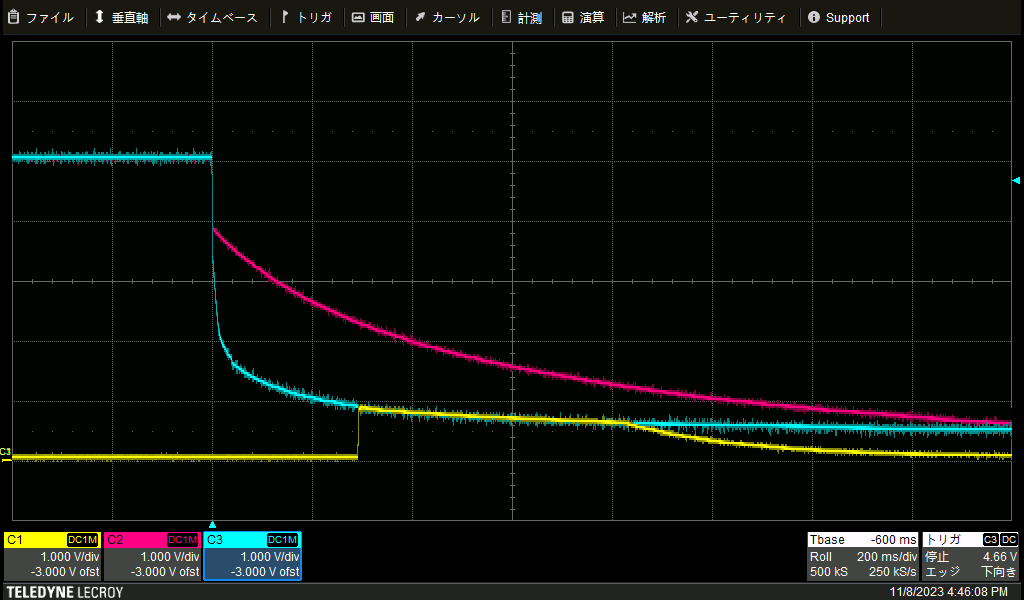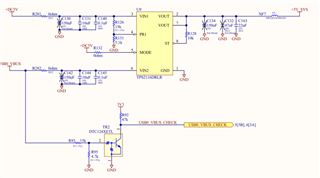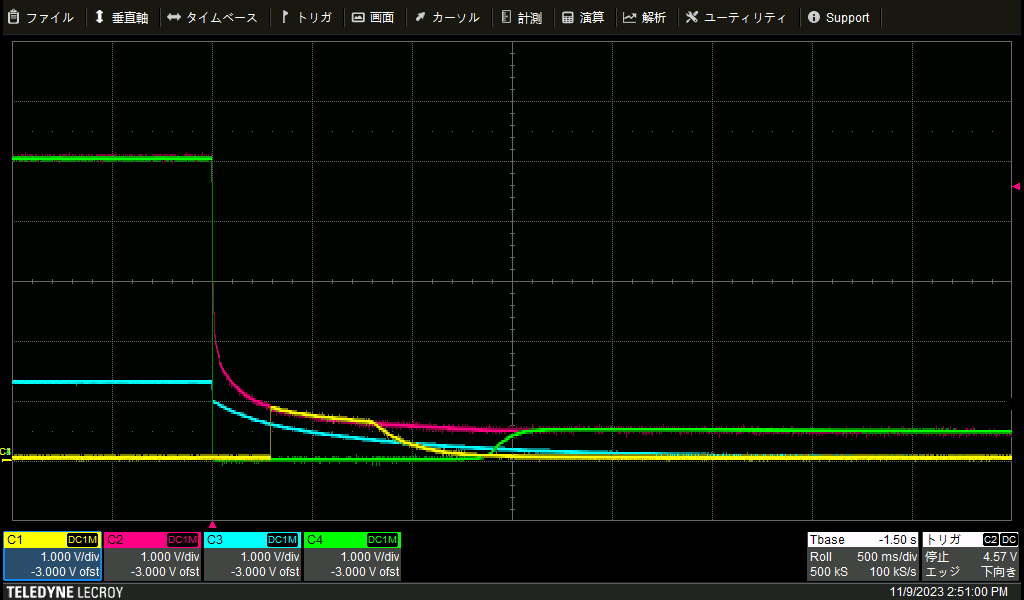Power switching is performed using TPS2116DRLR. PR1 is set to "H" and VIN1 is used with priority.
If you turn off VIN1 while using VIN1=5V, VIN2=0V, it seems that the current flows backwards to VIN2.
I understand that VIN1 and VIN2 do not have backflow because they have backflow prevention, but can backflow occur?
1ch=VIN2
2ch=VIN1
3ch=VOUT





